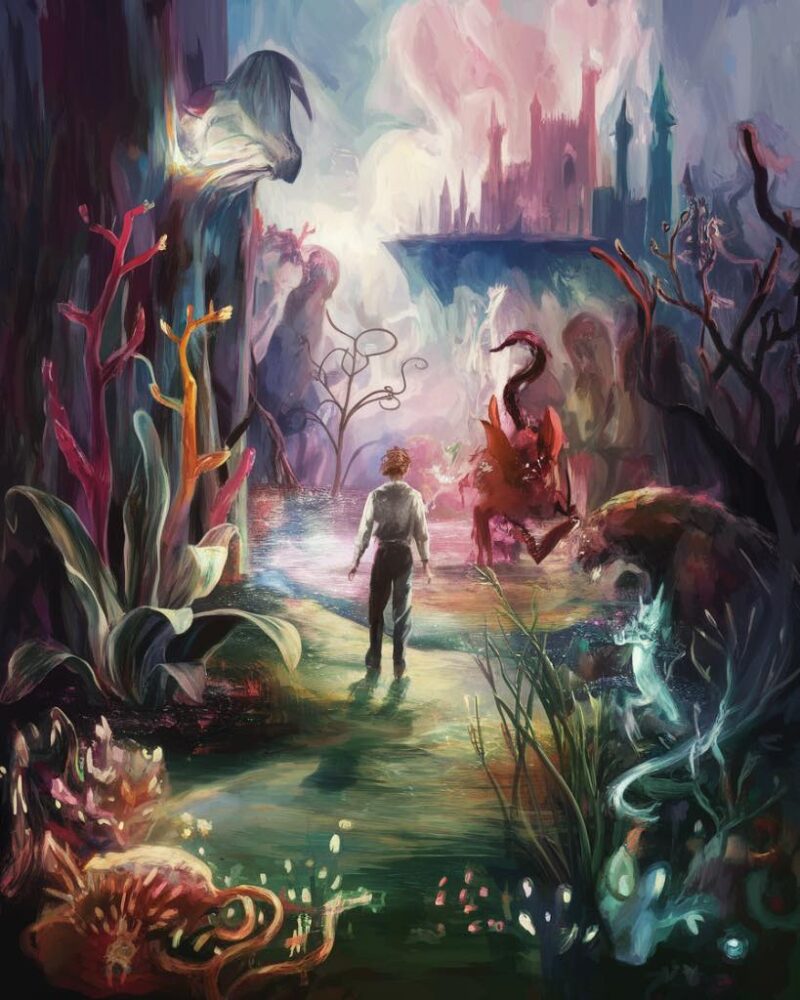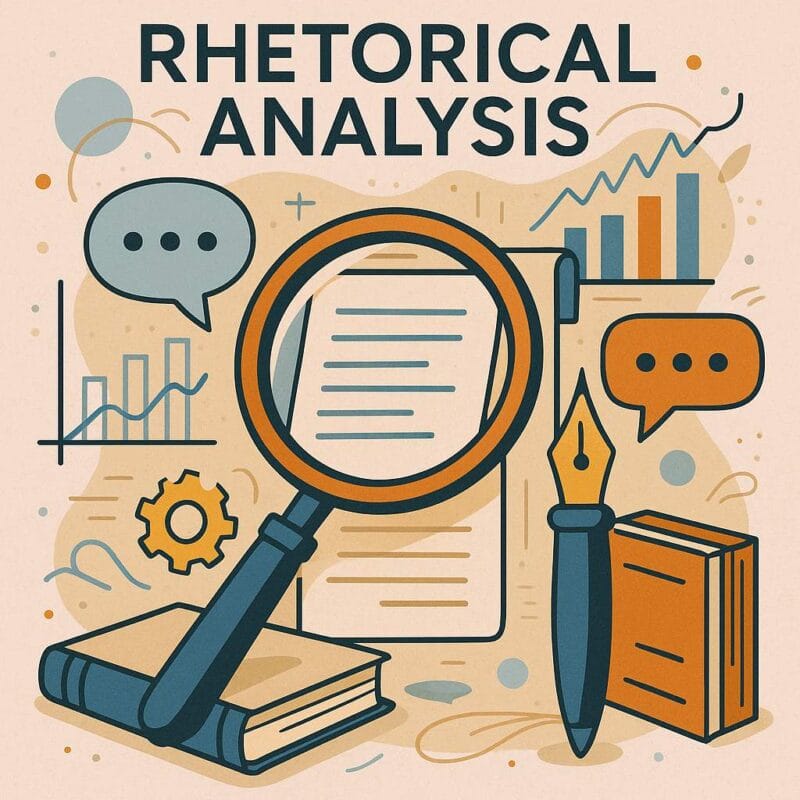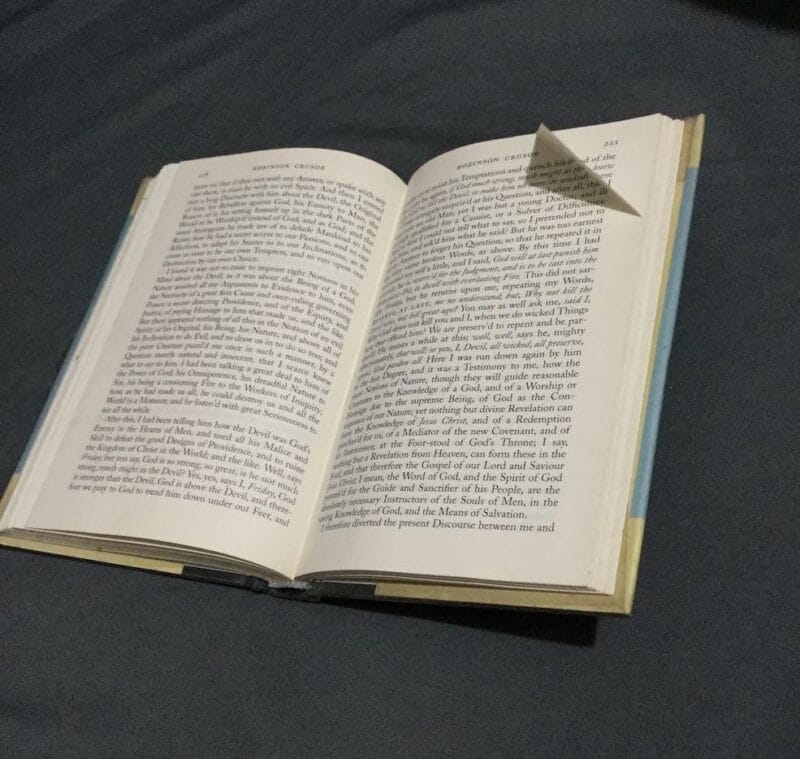Alliteration and assonance are powerful literary devices that can transform ordinary writing into something memorable and engaging. They are used to create rhythm and emphasize certain sounds.
Alliteration involves the repetition of initial consonant sounds in a sequence of words, creating a rhythm that can add emphasis and cohesion to the written material. For example, phrases like “whispering winds” and “silver sails” draw the reader’s attention through sound repetition.
Assonance, on the other hand, focuses on the repetition of vowel sounds within words that are close to each other in a sentence or phrase. This technique can produce a musical quality, making the text more enjoyable to read. A simple example can be found in the phrase “the rain in Spain stays mainly in the plain,” where the long “a” sound is repeated.
Both of these devices are often used in poetry and song lyrics to enhance the auditory appeal of the text. By incorporating alliteration and assonance into your writing, you can create a more vibrant and engaging reader experience.
Key Differences
- Sound Type: Alliteration involves consonants, while assonance involves vowels.
- Position: Alliteration occurs at the beginning of words, but assonance occurs within words.
- Purpose: Both create rhythm, yet alliteration often introduces a more pronounced beat, while assonance builds a subtler flow.
Alliteration Sentences
In the sentence, “Peter Piper picked a peck of pickled peppers,“ the “p” sound is repeated, creating a rhythmic and catchy effect.
More Examples:
- “Sally sells seashells by the seashore.”
- “Dunkin’ Donuts delights diners daily.”
- “Mighty mountains move minutely.”
This technique can enhance the musical quality of a piece of writing, making it more engaging and memorable. [For a more detailed discussion of alliteration, refer to this post.]
Assonance Sentences
An example of assonance is “The early bird catches the worm,” where the “e” sound in “early” and “bird” is repeated.
More Examples:
- “The light of the fire is a sight.”
- “Mellow wedding bells.”
- “The smooth balloon flew up and blew up when it hit the roof.”
These repeated vowel sounds contribute to the mood and tone, often creating a sense of harmony or tension, depending on the sounds used.




